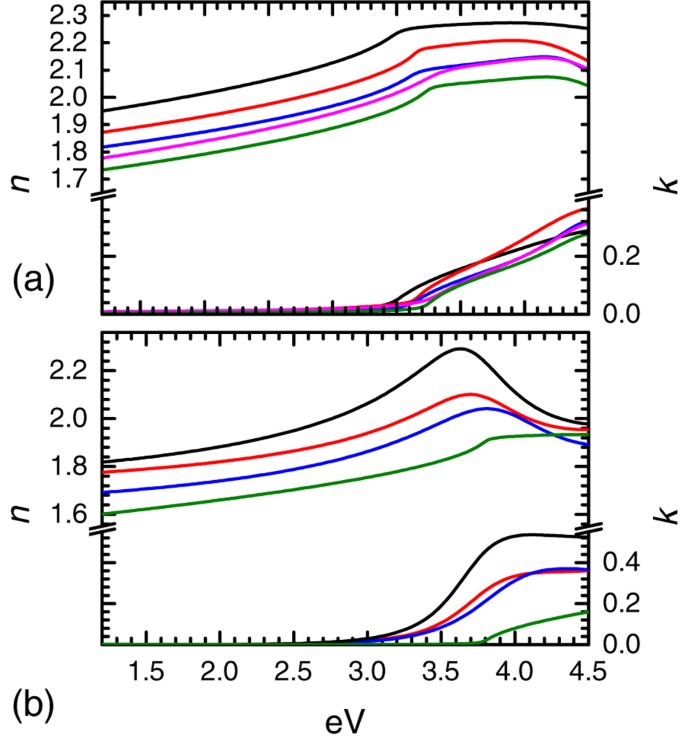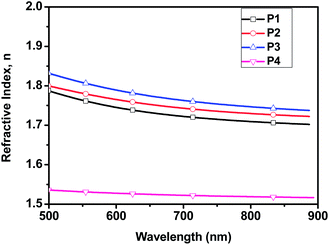

The temperature of the hotstage is varied until the oil has the same RI as the glass. Monochromatic light from a sodium lamp or filtered light of a narrow range of wavelength produces a bright line around the edge of the fragment. The glass fragment is viewed by transmitted light through a phase contrast microscope. This enables the RI of the oil to be calculated for any particular hotstage temperature. The oil is calibrated by glass standards of known RI. Typical RI/temperature coefficients are 4×10 −4 C −1 for a liquid, and 1×10 −6 C −1 for a glass.Ī fragment of glass is immersed in a colorless oil and placed on a hotstage that is programmed to change temperature with time at a linear rate. The inherent variation in RI within the bulk of a single sheet of glass is of the order of 0.00005–0.0001, so greater accuracy and precision of measurement is unlikely to increase the discriminating power of this technique.Ĭurrent techniques of RI measurement are based on the fact that the RI of a liquid changes with temperature at a much greater rate than that of a solid.

As RI measurement can discriminate glasses with RI differences of 0.0001, glasses can be divided into a large number of groups by this technique. The RI of glasses examined in forensic science laboratories generally falls in the narrow range of 1.51–1.54, with the exception of borosilicate glass from motor vehicle headlamp lenses, which typically has an RI of 1.475–1.480. The RI of a glass depends upon the combination of raw materials used, together with the nature of the manufacturing process. It can be measured to a high degree of accuracy and precision, which is essentially independent of fragment size. Refractive index is the most useful physical property in forensic glass characterization. Lambert, in Encyclopedia of Analytical Science (Second Edition), 2005 Refractive Index


 0 kommentar(er)
0 kommentar(er)
